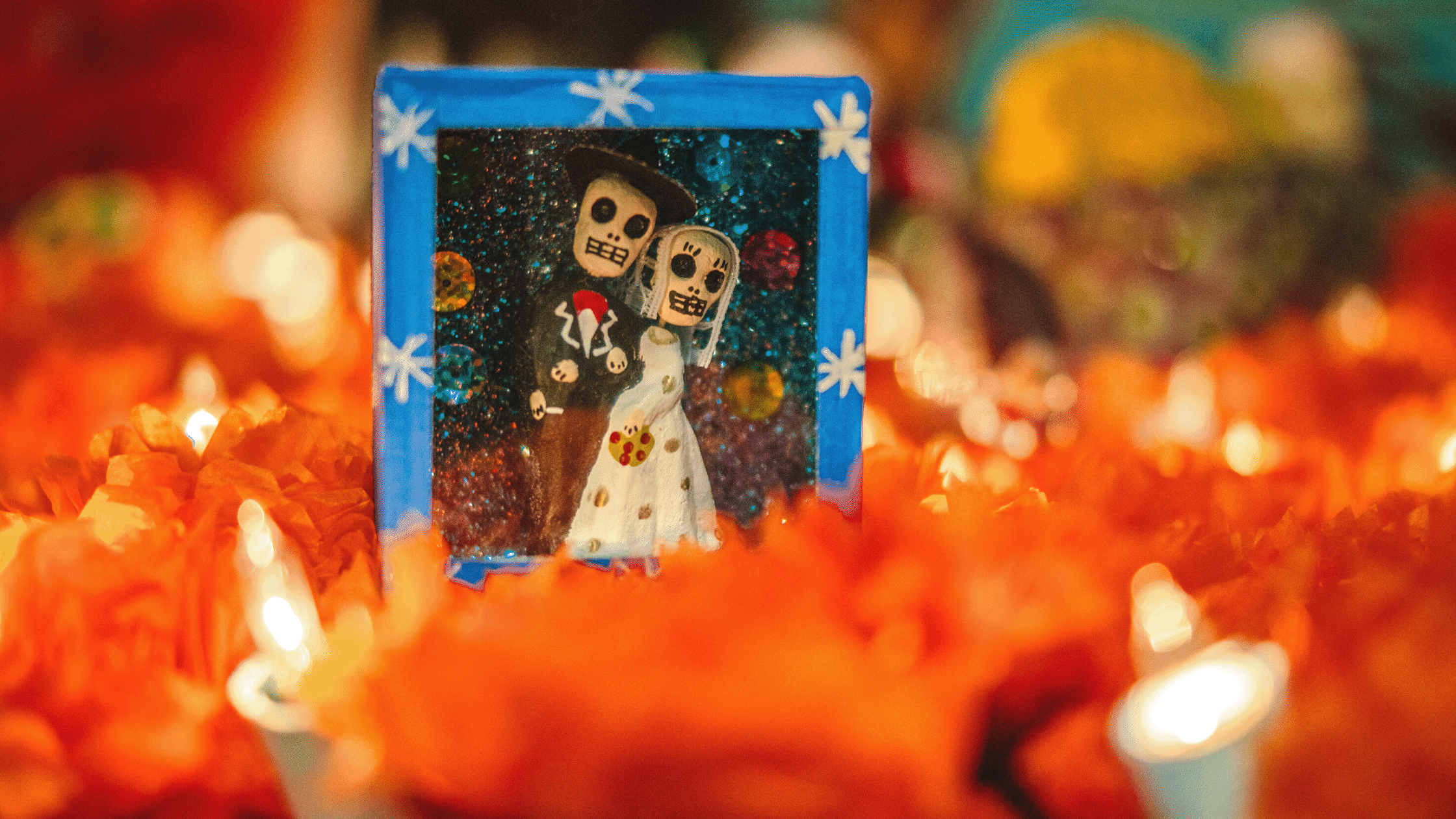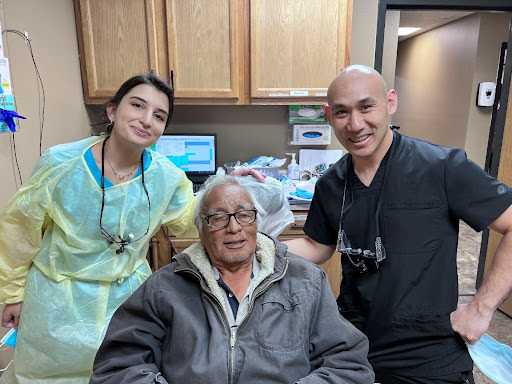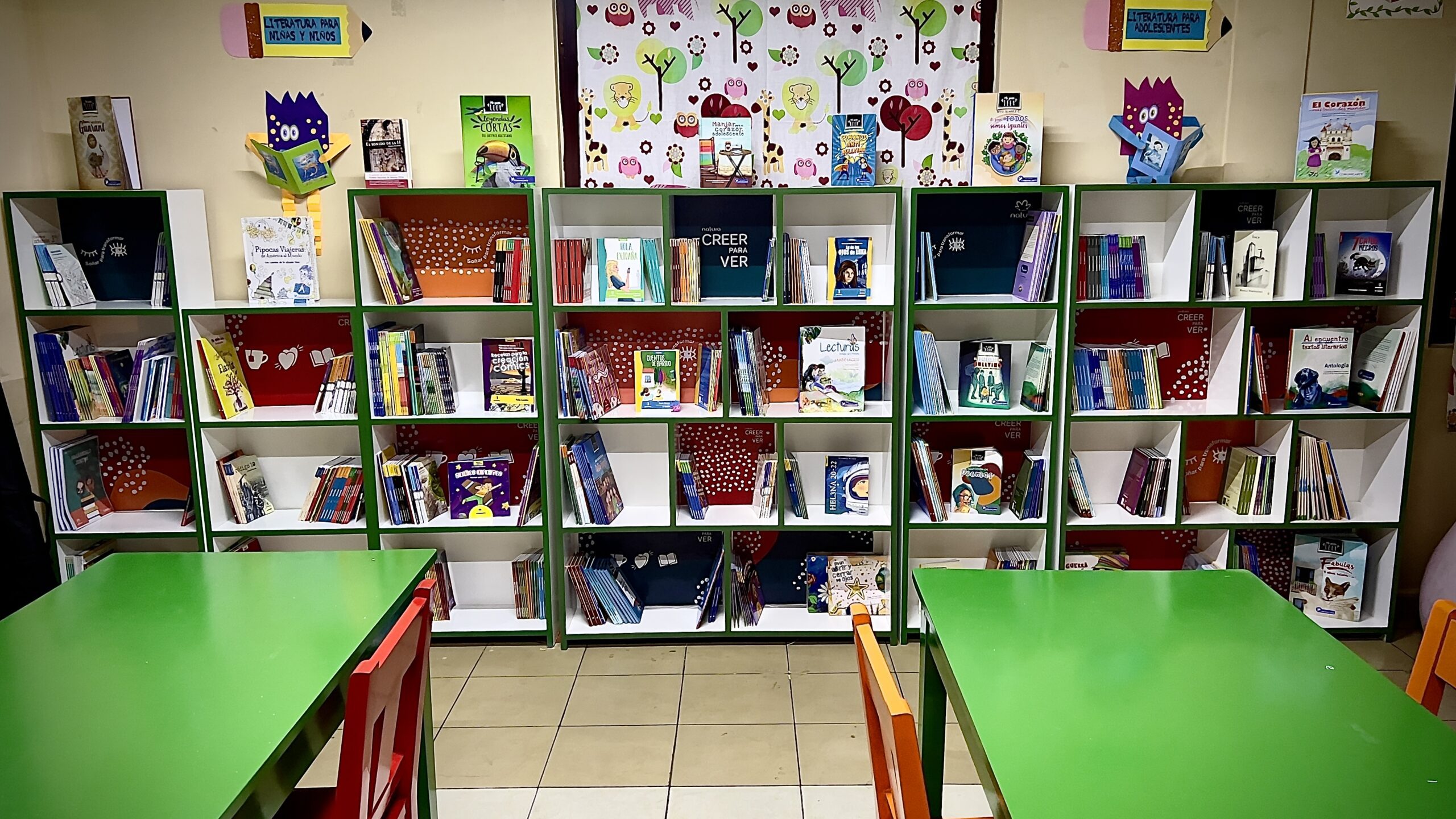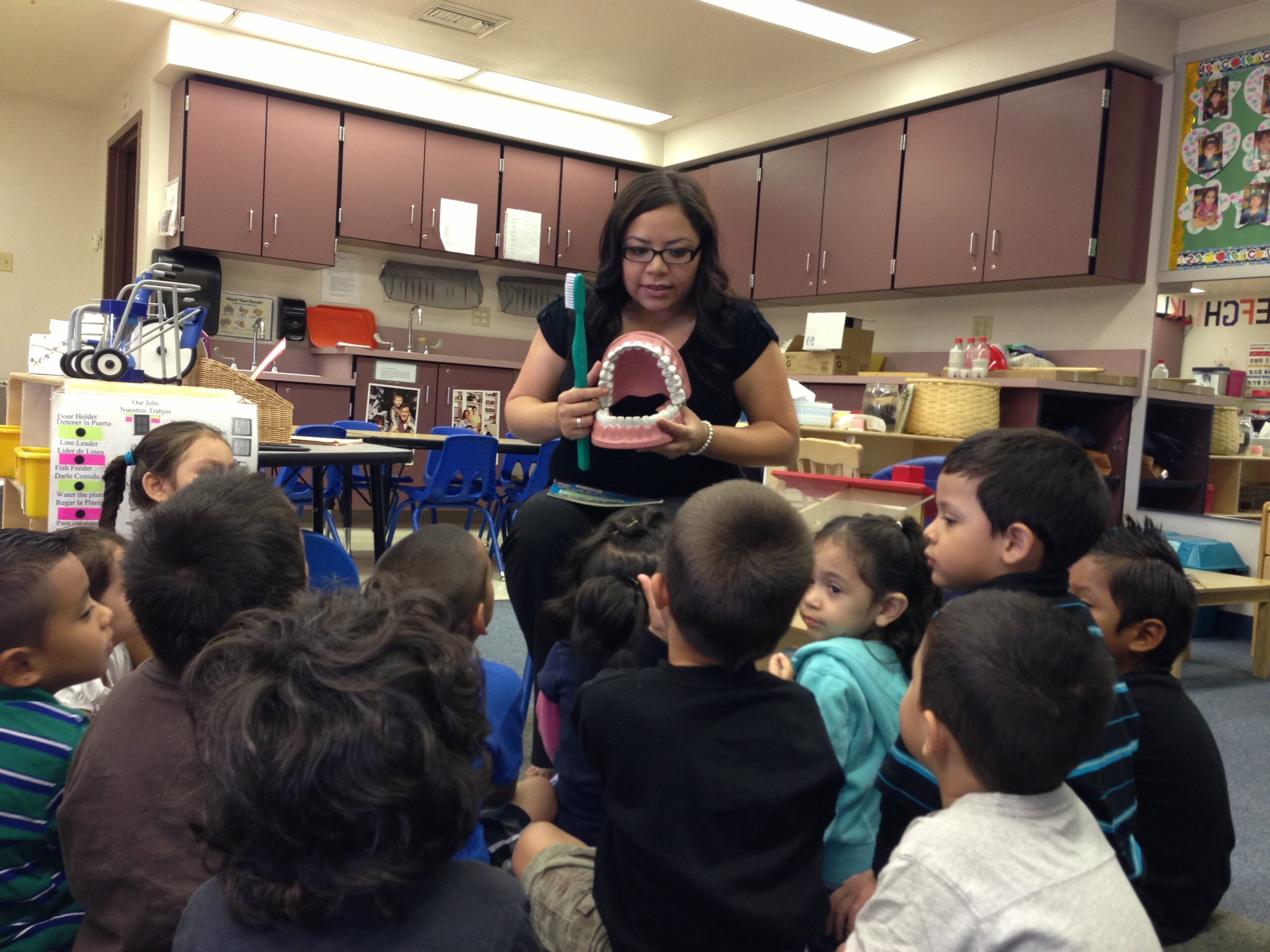
What you should know about El Día de Muertos
Home » Advance Blog » What you should know about El Día de Muertos
Submitted by Jazmin Hernandez, Community Health Educator Lead Trainer
El Día de Muertos | The Day of the Dead
November 1-2, 2022 is the day of the faithful departed and of all the saints, the memory of those who are no longer in this life are remembered and honored. These celebrations are celebrated in several Latin American countries such as Peru, Bolivia, Ecuador, Guatemala, but mainly in Mexico.
In 2008, UNESCO declared this holiday El Día de Muertos as Intangible Cultural Heritage of Humanity of Mexico. Although many Latin American countries celebrate the Day of the Dead, in Mexico it is celebrated in a unique and special way, taking the baton for all celebrations of these two special dates.
And many of us may be wondering: How long has the Day of the Dead been celebrated in Mexico?
Well, since pre-Hispanic times! Honoring the death of loved ones is one of the basic elements of Mexican culture, since when someone passed, their family and friends organized a party to guide them on their journey to Mictlán, the place of the dead recognized by the Aztecs. For this ancient people, life was governed by opposite parts: life and death, man and woman, hot and cold, night and day, among others. According to the Aztec, death was a transformation and part of a cyclical process. The human being was reborn to a new life, sent to a new home that corresponded with the cause of their death.
At the time of Spain’s colonization of Mexico, the culture transferred the celebration of the dead to the Christian calendar, which coincides with the end of the agricultural cycle of corn.
Why does Día de Muertos take place across two days?
The celebration of the Day of the Dead takes place on November 1 and 2 because it is divided into two categories: The first of November is dedicated to the dead children, and the second day of November is dedicated to the faithful departed, that is, to adults.
The celebrations can be very different depending on the geographical area, as each state of Mexico celebrates and honors death in different ways.
Exploring the Ofrenda: The Altar de Muertos
The “ofrenda” or altar is an essential part of these celebrations. Family members have the belief that the spirit of their deceased returns from the world of the dead to live with the family that day, and thus console and comfort them for their loss. The altar is placed in a room, on a table or shelf, whose levels represent the levels of life and death. The offerings must contain a series of elements and symbols that invite the spirit to travel from the world of the dead to live that day with their loved ones.

Some of the most representative and important elements of an ofrenda are:
- The image of your loved one
- The cross made with seeds
- Copal and incense that is an element that cleanses and purifies the energies of a place
- An arch of marigold flowers that is placed at the top of the altar, and symbolizes the entrance to the world of the dead
- Papel picado, a craft that features colorful paper sheets with intricate cut-out details
- Candles that are considered the light that guides souls into this world
- Water that reflects the purity of the soul
- Marigold flowers which by its aroma serves as a guide to the spirits into this world
- Skulls can be made of sugar, clay, or plaster
- The favorite food of the deceased for the visited soul to enjoy
- The “pan de muertos” or bread of the dead, a special recipe made only during this time of year
- Favorite drinks of the deceased
The celebration of Día de Muertos is a festivity that has been represented in different cultural expressions, which cover all manifestations from pre-Hispanic art to the popular of our days. In the United States, the celebration of the Day of the Dead is becoming increasingly popular and respected. There are many families of Hispanic origin who place altars with offerings in their homes, parades are held where they dress up as catrinas and go to decorate the graves in cemeteries.
Today in Mexican culture, death is not seen as an absence, on the contrary, it is conceived as a new stage. Death is understood as a constant rebirth, as an infinite process that makes us understand that those we are offering today will be invited to the feast tomorrow!
Your Mission to Restore Health on the Rosebud
October 02, 2023
Turning Pages, Changing Lives
June 14, 2024
Trabajadores Comunitarios de la Salud: Uniendo Comunidades
August 29, 2024


